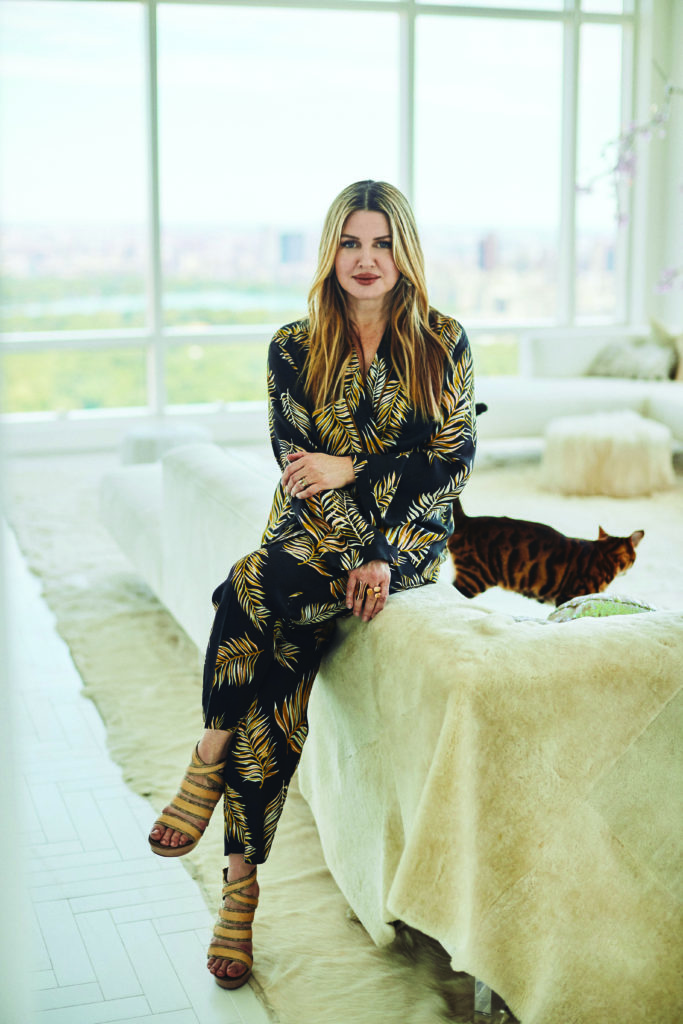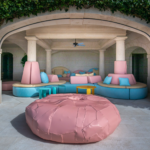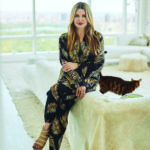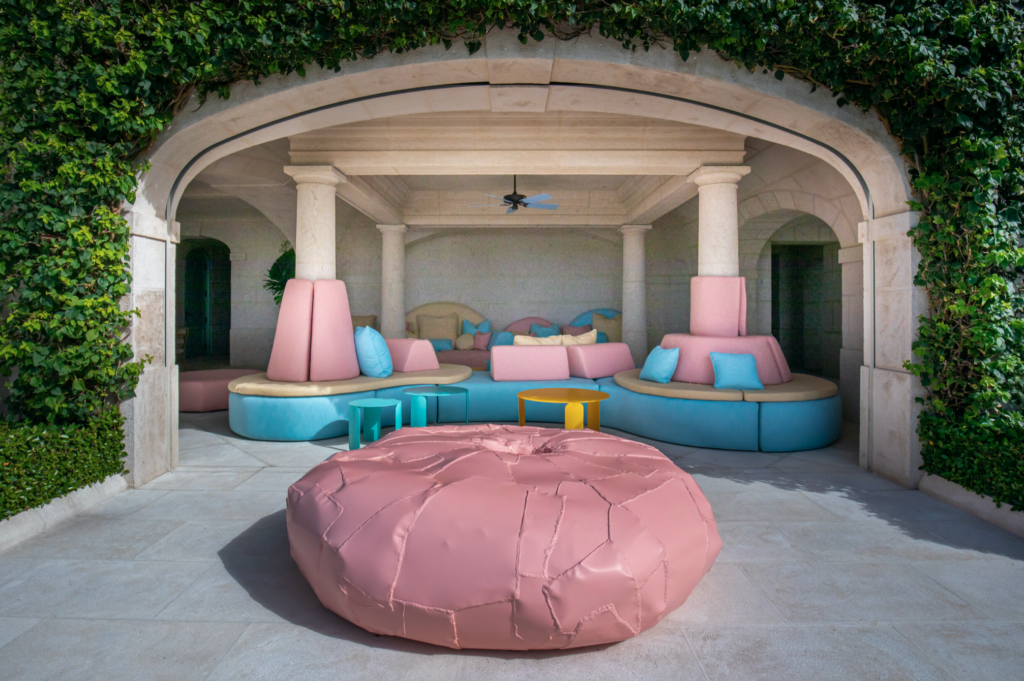15 Minutes with Kelly Behun
Author:Lindsey ShookKelly Behun is a force to be reckoned with. Her artistic approach to interior design quickly elevated her perspective, positioning her as one of the most prolific designers of our time. Having begun her career working with industry giants including Ian Schrager and Philippe Starck, each project is timeless with decorative edge. Here, Behun reveals what enables her creativity and business continue to flourish.

–Which interior designer has been the greatest inspiration for your career?
I had the privilege to work with Andrée Putman many years ago on a renovation at Morgans Hotel in Manhattan. Her elegance and style, both professional and personal, had a profound effect on me—she was, more or less, the very epitome of chic. She was gracious but also had a regal quality about her that was a bit intimidating, but shouldn’t we expect that from our legends after all? And though not technically a designer, the late art gallerist Holly Solomon continues to be an inspiration. She broke so many barriers for women in the field and wrote a book about the importance of living with art, how art defines and clarifies the world around you and allows you to connect to your surroundings in an emotional way.
–It is evident in your work that you are a patron of decorative arts. How do you educate your clients on the importance of collecting? Art is such an integral part of my design process and has always been a great source of inspiration in my work. I am a big proponent of integrating art into your home, in whatever form, medium or price point, as it infuses a space with a unique and highly personal energy for which there is no substitute. As the line between decorative arts and fine art continues to blur, I try to educate my clients on the wisdom of investing in pieces with real and lasting value as opposed to disposable design.
Which is your favorite gallery in California?
With Casa Perfect, David Alhadeff has really elevated the residential concept model, both in LA and NYC. In addition to being exciting to follow, it’s fascinating to see the work in different contexts. I’m also excited about the new Hostler Burrows showroom on Melrose, as Kim and Juliet have exquisite taste and I always find something there I love.
With the arrival of a new decade, are there any ways you want to shift your business?
I really like where my business is now, I have a great and talented team and amazing clients and projects, so a shift is not really something I’m focused on. For me it’s more about continuing to evolve and challenge myself. 2020 is a big year for me—this spring I am launching a new line of lighting as well as rugs, with other furniture and accessories to follow later this year. I’m also working on a luxury condominium building in Manhattan with Robert A.M. Stern that I’m really excited about.
Which maker are you currently most enthusiastic about?
I am drawn to the work of American sculptor Alma Allen, who lives and works in Mexico, Los Angeles ceramic artist Myungjin Kim and Jonathan Trayte, a London-based artist whose work is both witty and strange.
If you could design a home for anyone, who would it be?
I was recently asked this question and will give the same answer: Ruth Bader Ginsburg. She’s a brilliant and impossibly tiny superhuman whose legacy and impact on our judicial system, not to mention our country and generations of women and girls, cannot be overstated. I imagine she doesn’t think much about the particular merits of this chair versus that chair but how fascinating would it be to explore what she finds beautiful and why? We all know the importance of good design and how restorative it can be to the mind and soul, and hers is a mind and soul we need around as long as possible.
If you weren’t a designer, what you would be?
As I’ve gotten older I’ve become resigned to the possibility that my actual skill set is rather narrow. Other than design I do love to write, but it’s an awfully solitary exercise, and I love the social and educational component of working with clients. By educational I mean a learning process that flows in both directions. It’s a process that celebrates collaboration and creative problem-solving and forces you to get out of your own head and into someone else’s, and that can be a good thing.


 Gulf Coast home. Photo by Lisa Pearson.
Gulf Coast home. Photo by Lisa Pearson.


